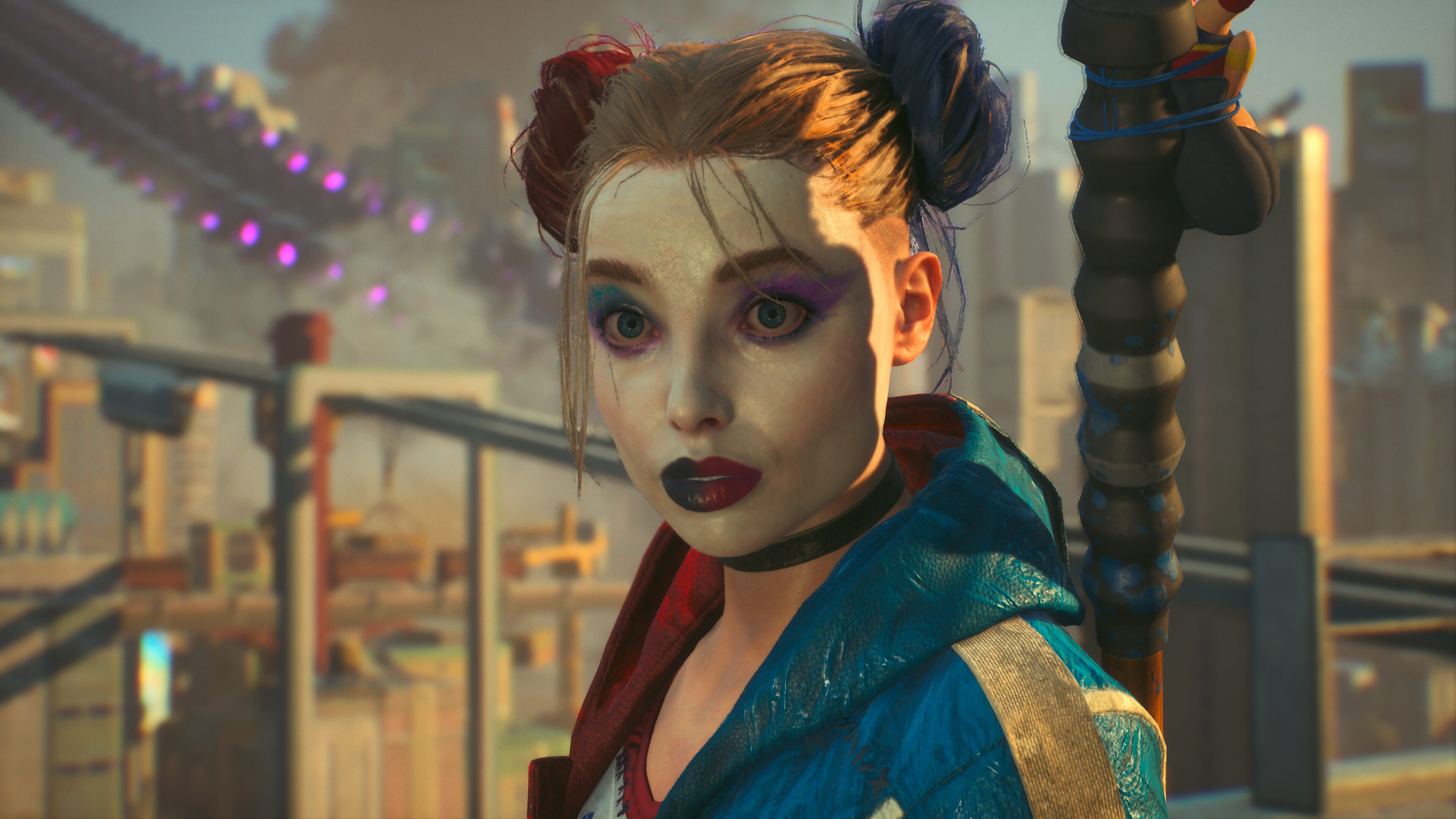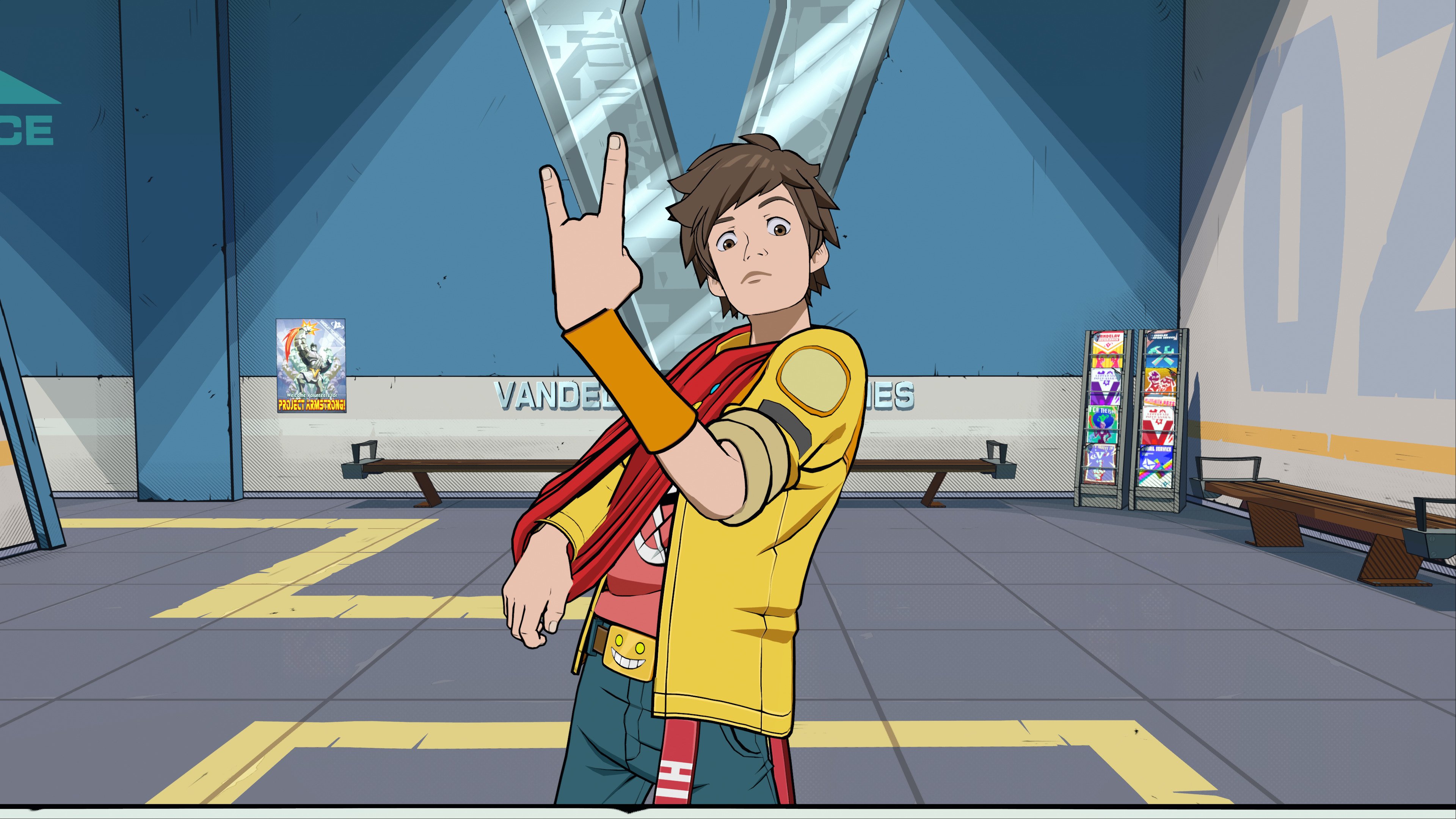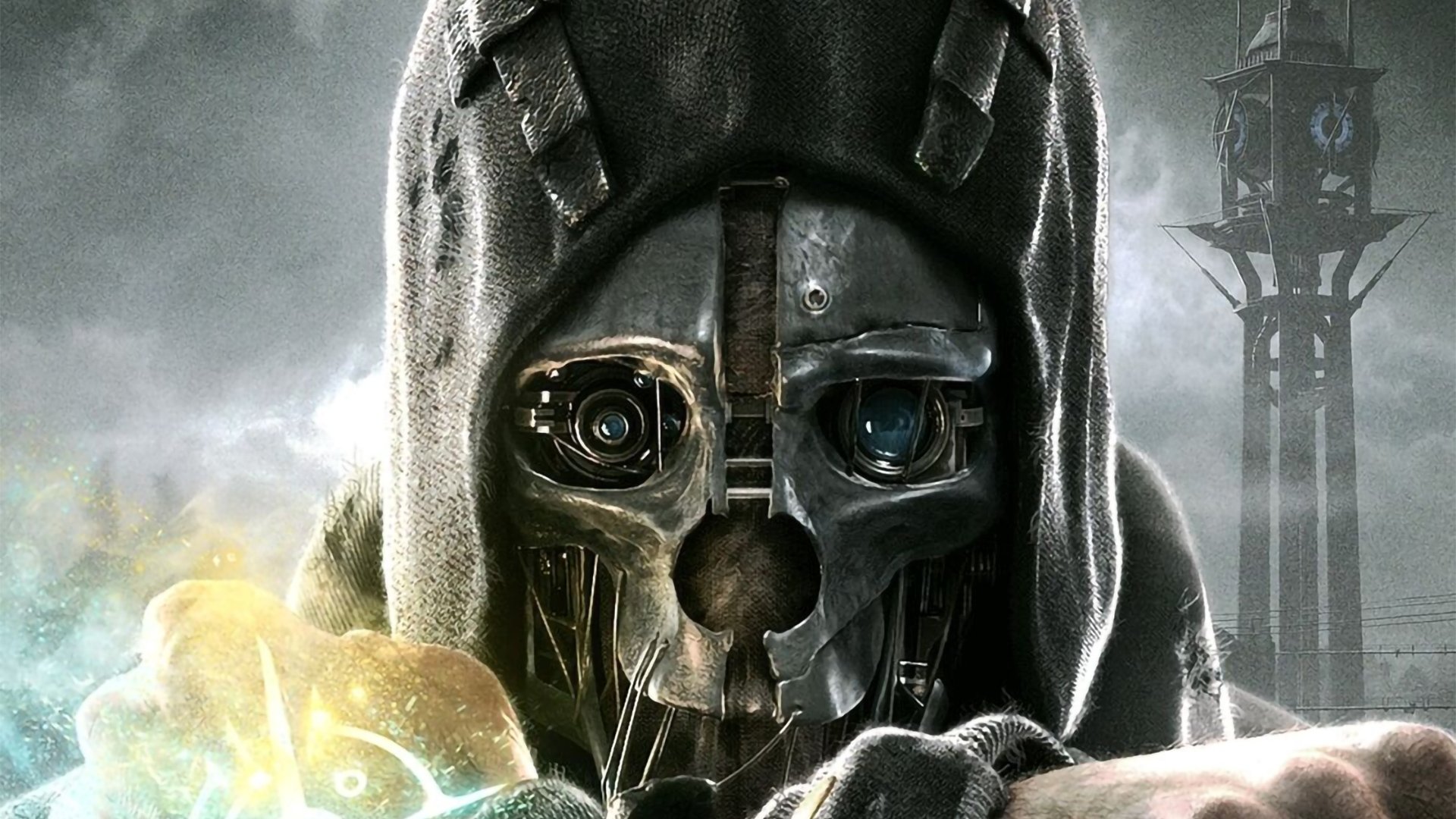It’s been nearly eight years since the last main entry in the Ace Attorney series.
2016 was the last time gaming’s most famous lawyer Phoenix Wright gelled back his hair, put on his blue suit and yelled “objection” across the courtroom.
While fans have been eagerly awaiting a new entry (and new claims from Capcom that the series “will never end” will do little to assuage their impatience), for now the publisher is ensuring players who aren’t fully up to speed with the series can catch up.
In 2019 it brought Phoenix Wright: Ace Attorney Trilogy to PS4, Xbox One, Switch and PC. Consisting of the first three games, it offered HD remasters of the original GBA / DS games, cleaning up their artwork and sprites so they looked acceptable on TVs.
This time Capcom is back with the other three games in the main series, meaning players who’ve already enjoyed the original Phoenix Wright trilogy can now take on volumes 4-6.
Apollo Justice consists of the following three games:
- Apollo Justice: Ace Attorney (originally released on DS)
- Phoenix Wright: Ace Attorney: Dual Destinies (3DS)
- Phoenix Wright: Ace Attorney: Spirit of Justice (3DS)
The main difference here is that while Apollo Justice features similar sprite-based graphics to the first three games, the two 3DS titles introduced polygonal characters instead. This is the case here too, with the characters suitably upscaled to produce clean (if simplistic and otherwise untouched) 3D models.
Reviews of all three games are widespread online so retreading old ground in detail would only result in spoilers for newcomers and preaching to the converted for veterans. For those not in the know, however, all three games were critically acclaimed, with an average Metacritic score of 80 between them.
Notice: To display this embed please allow the use of Functional Cookies in Cookie Preferences.
As with the previous Phoenix Wright Trilogy, the English localisation here is seemingly unchanged, right down to some of the more questionable lines which may not have aged so well.
Capcom explains this away with a disclaimer at the start, saying that it consciously chose to leave the games unchanged for authenticity’s sake, so when the judge tells a female witness she “would be much cuter if she dispensed with the evil mastermind schtick”, it’s worth bearing in mind his objectification was the product of dialogue written 17 years ago.
All three games remain compelling examples of the visual novel genre, and this time Capcom has added some quality of life features to keep things ticking along. You can now turn on auto-advancing text, allowing the reams of dialogue to play out without the need to continually press a button to move to the next line.
Going even further than this is the ability to make the entire game play through itself, puzzles and all, meaning if the player wants a literal visual novel that simply lets them sit the controller down and watch through the story with no interaction whatsoever, this too is an option.
It could be argued that in the modern era of visual novels the game could have taken things even further with the addition of voice acting, but given the sheer amount of dialogue in here – there are 17 lengthy cases across all three games, including previously paid DLC – the decision not to cast, record and apply voice acting to what is realistically a niche collection that’s not going to sell multiple millions of copies is an understandable one.
Where Capcom has pushed the boat out a little more is with the extra features. The original Phoenix Wright trilogy included the games and not much else, but this time there are art galleries, a sound test featuring an orchestral soundtrack (which sadly can’t be applied to the games themselves, which still have the old DS and 3DS quality soundtracks), and the option to not only choose any case from any game, but which of that case’s chapters you want to start from.
Another fun little feature is an animation studio, where you get to choose any of the character models from across all three games, choose a pose or animation for them, choose a background then hide the UI, triggering animations with the press of a button.
“Another fun little feature is an animation studio, where you get to choose any of the character models from across all three games, choose a pose or animation for them, choose a background then hide the UI, triggering animations with the press of a button.”
This is clearly designed with memes in mind – after all, one of the available backgrounds is a greenscreen – so it’s a shame that you can’t also add your own dialogue boxes or put clips together to make a sequence. Instead, anyone wishing to make animations with this mode will have to use their capture device to record each part then put it together in their own editing software, adding the captions manually. It’s just a fun diversion, though, so maybe we’re expecting too much.
Ultimately, this sums up the collection too. What’s on offer here is three much-loved visual novels which (the occasional eyebrow-raising outdated line aside) still has some of the best localised writing in the genre. The length of each case means you’re easily looking at more than 70 hours of gameplay, meaning there’s plenty on offer here for your £40 / $50, so as long as you know the limitations of the genre going into it, it’s a joy.

 3 months ago
101
3 months ago
101







